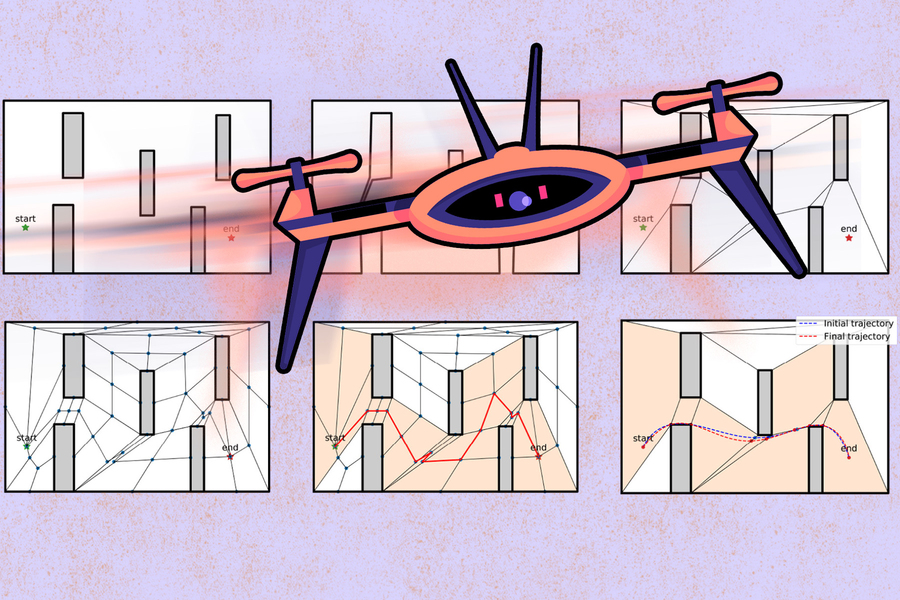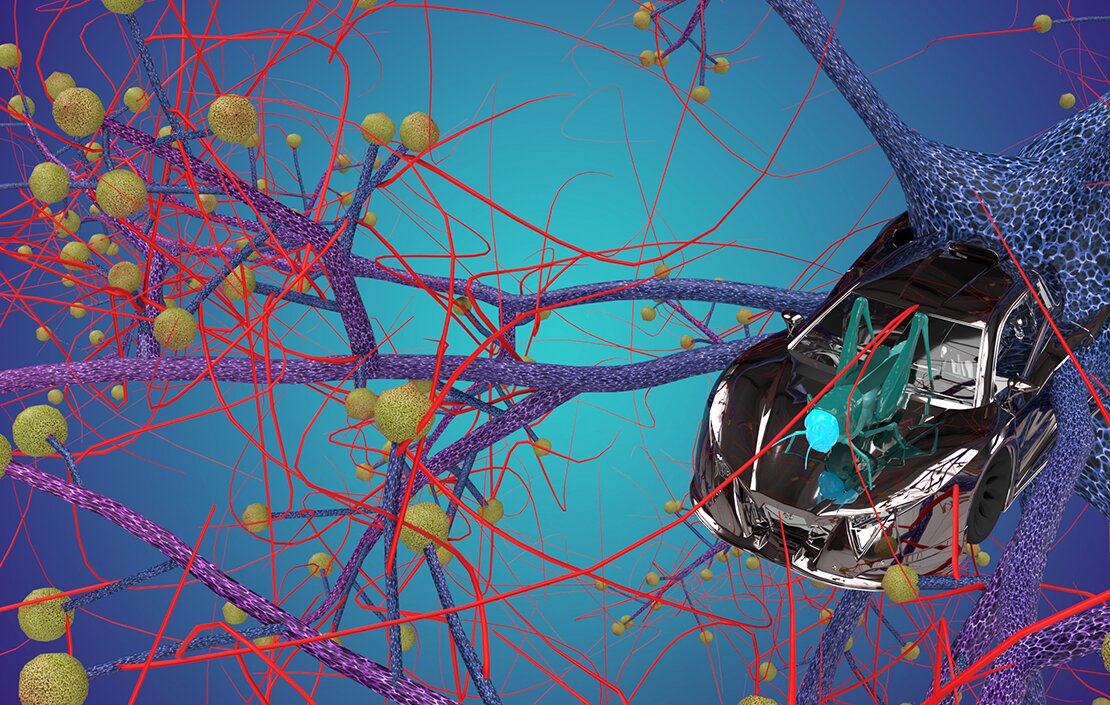
Credits:Image: MIT News, with background figure courtesy of the researchers
A new algorithm helps drones find the fastest route around obstacles without crashing. The system could enable fast, nimble drones for time-critical operations such as search and rescue.
If you follow autonomous drone racing, you likely remember the crashes as much as the wins. In drone racing, teams compete to see which vehicle is better trained to fly fastest through an obstacle course. But the faster drones fly, the more unstable they become, and at high speeds their aerodynamics can be too complicated to predict...
Read More









Recent Comments